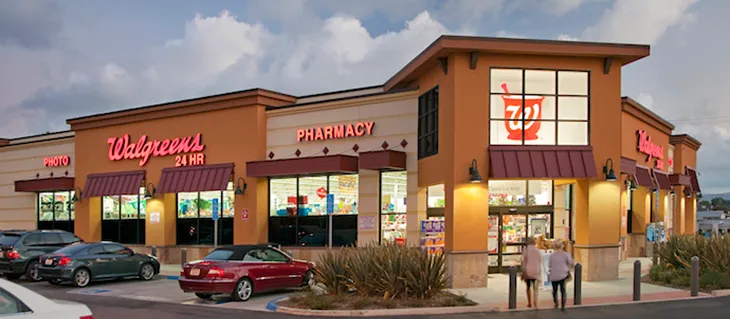No discipline in chain drug retailing has changed as suddenly and dramatically in recent years as has the role of the pharmacist. Yet ironically, as retail pharmacists have become more critical to the chain drug store, the role of the pharmacy counter they once ruled has diminished.

Once upon a time, the primary — indeed, the only — role of retail pharmacists was dispensing prescriptions and, when asked, advice. Today, filling prescriptions is arguably the least significant function they perform. Rather, they are tasked with a professional roster that often includes testing for various illnesses, administering vaccines, consulting with patients, and offering advice and guidance in their emerging role as the primary health care advisor.
In the bargain, however, their once critical role in dispensing prescriptions has assumed a place of secondary importance. Not because that task has diminished in importance. But rather because they are being called on to perform more-critical jobs once allocated to other members of the health care professions.
The results of this transition are almost beyond measurement. For one, this new role has elevated regional chain pharmacists to a position they had never before enjoyed, that of a valued member of the health care community, a role chain drug pharmacists had never truly aspired to or enjoyed.
For another, retail pharmacists outside the chain drug community have inherited a role similar to that which regional chain drug pharmacists now enjoy: that of a valuable member of the health care community. So it is that pharmacists at grocery and discount retailers, long relegated to the back of the store, both literally and figuratively, now command a respect and regard once thought unattainable.
The result of this revolution in chain drug terms is still to be determined. But it is not too soon to assess its growing impact on the chain drug industry. For openers, America’s drug chains, at least initially, appear to have lost a step. Once thought beyond challenging as pillars of retail pharmacy they must now confront the reality that, in the email prescription drug community, they are but one of many. More than that, they are sometimes (often?) not the customer’s first choice when the issue is one of health care.
Perhaps most daunting, what’s coming to light is the unpleasant reality that chain drug management has not always treated its pharmacy staff with the respect that staff has rightly and legitimately earned. Put another way, the man or woman in white behind the pharmacy counter has come out from behind that counter to perform a larger role, one comprising a list of life-saving functions once deemed beyond their purview. That they are capable of performing such functions has never been in question or in doubt. That they have previously been given license to perform these duties as the need arises has always been the question.
Is it too late to address this deficiency? Hardly. America’s major drug chains have changed, sometimes dramatically, in recent years to adjust to the new normal. They now offer goods and services deemed unimaginable as recently as a decade ago. They speak in terms once viewed as unintelligible. They have, in short, become more vital and indispensable than they had previously deemed possible.
Only one piece is missing. The time has come to let professional pharmacists once again assume the critical role they have traditionally enjoyed: the backbone of America’s chain drug stores.









